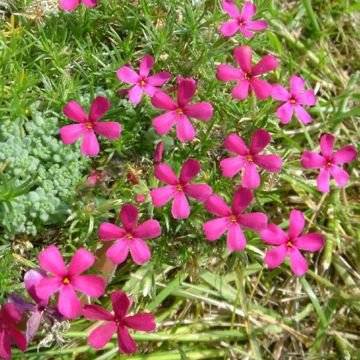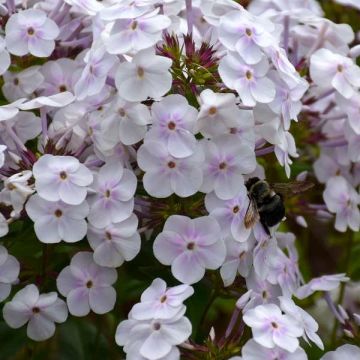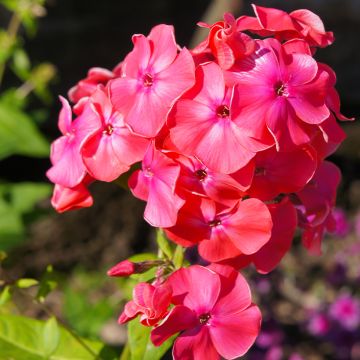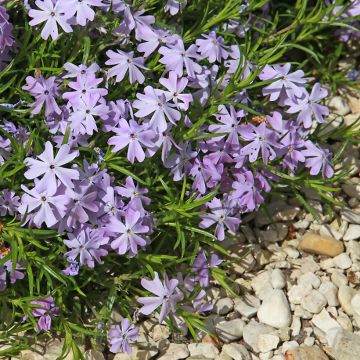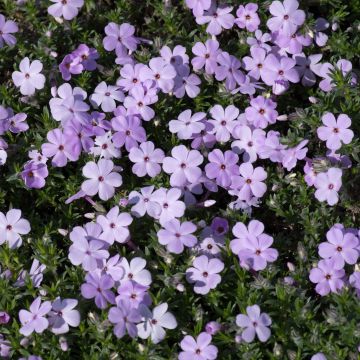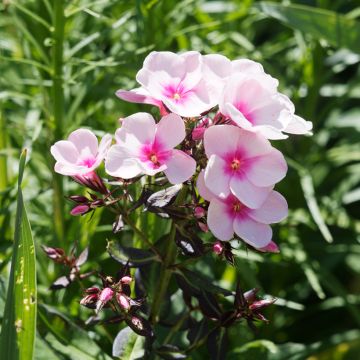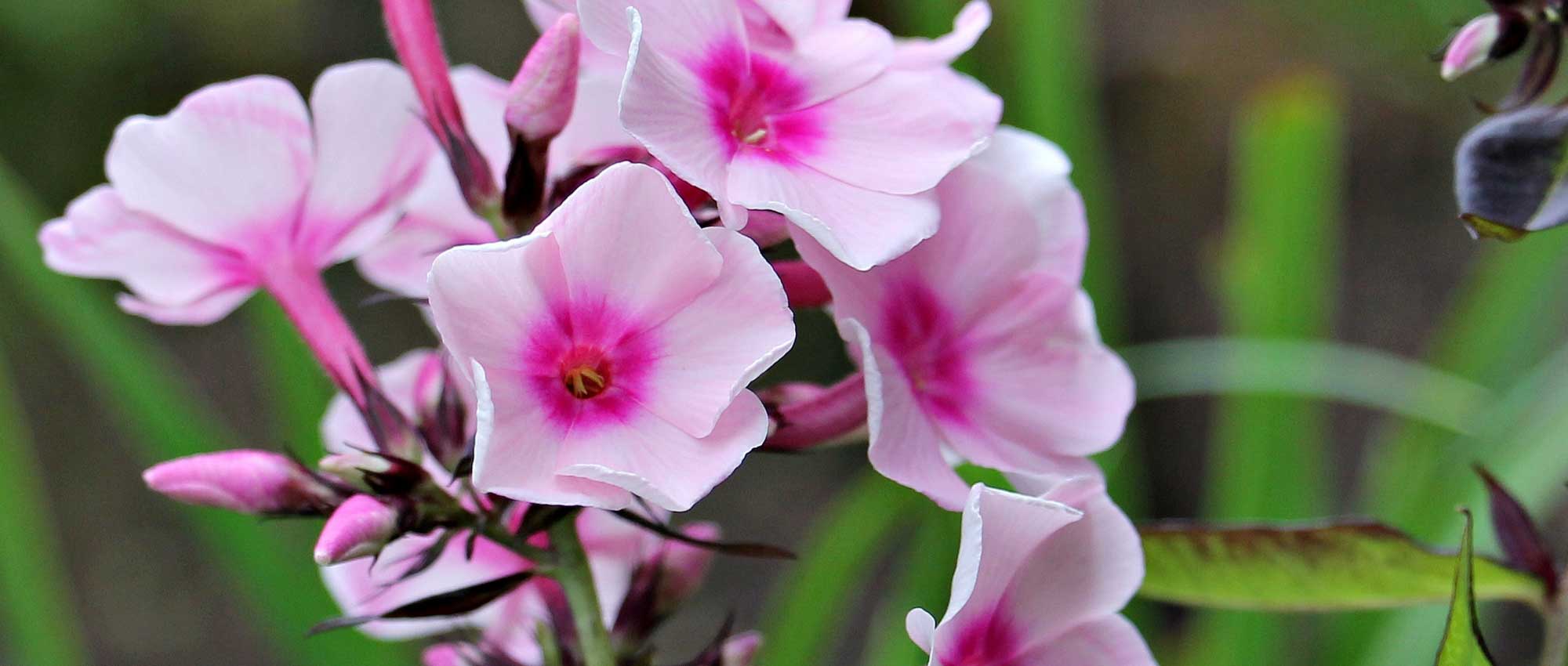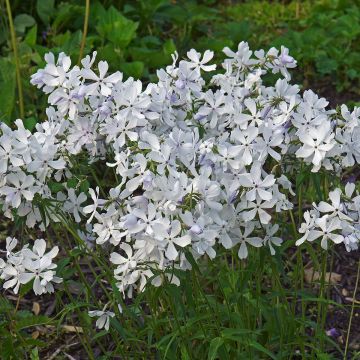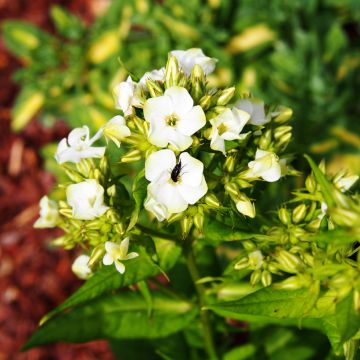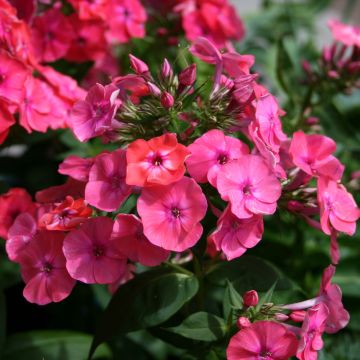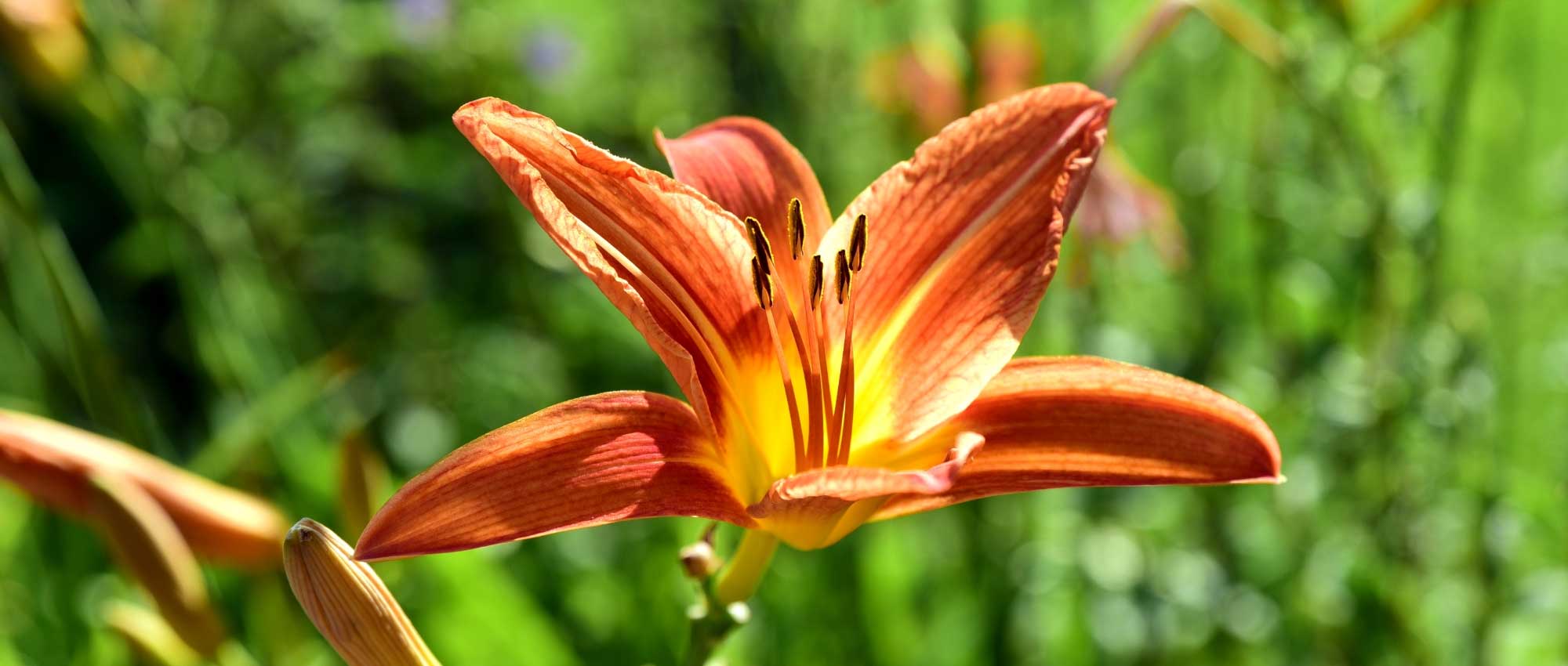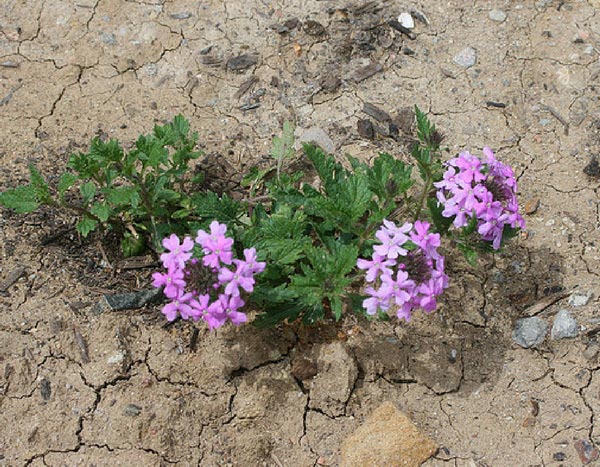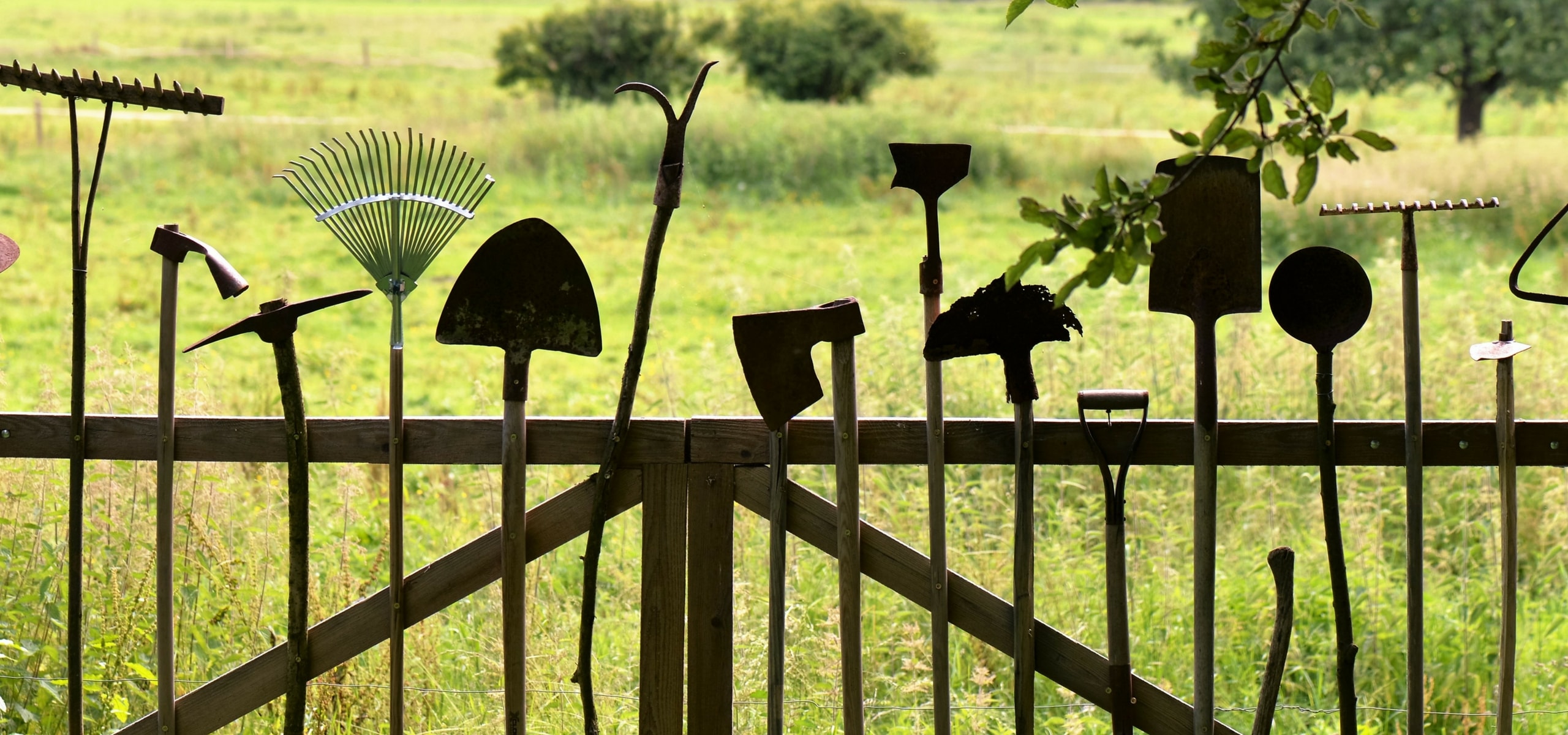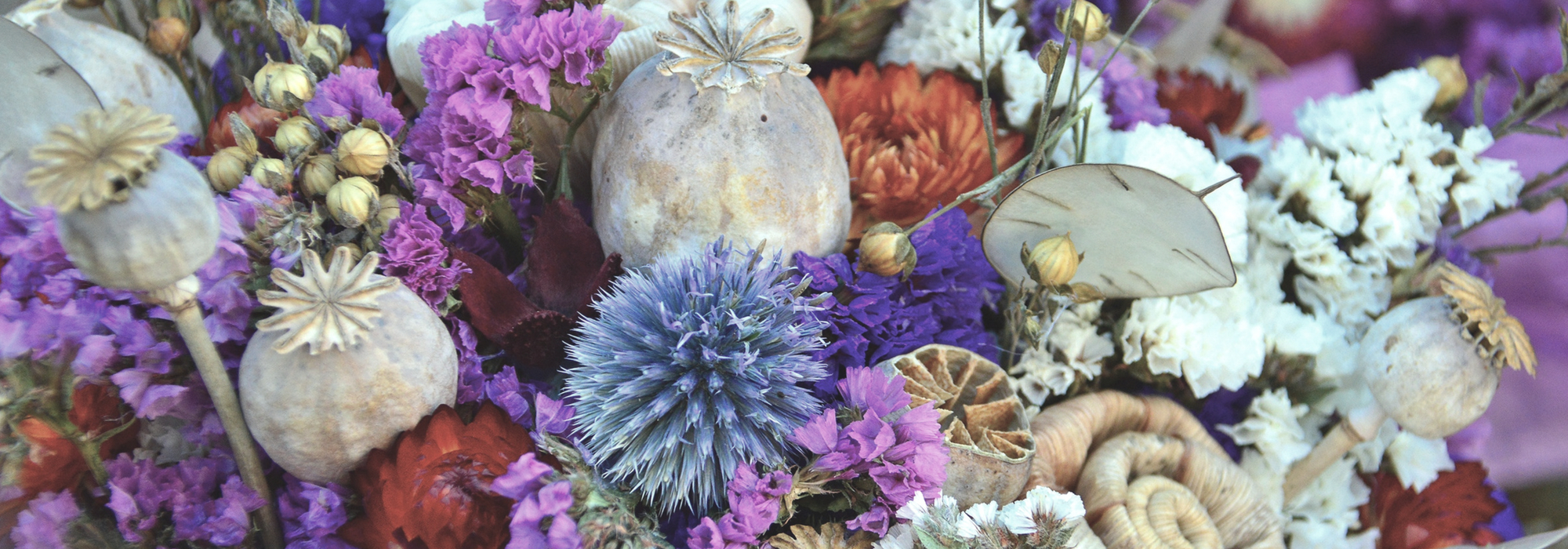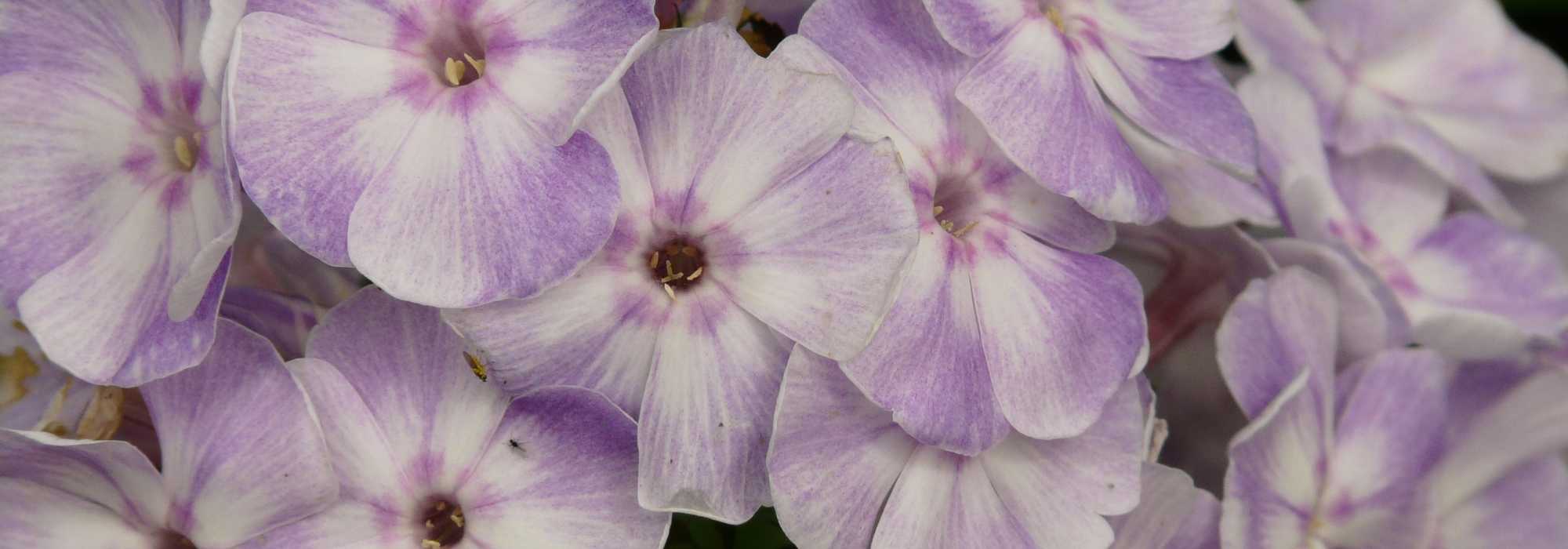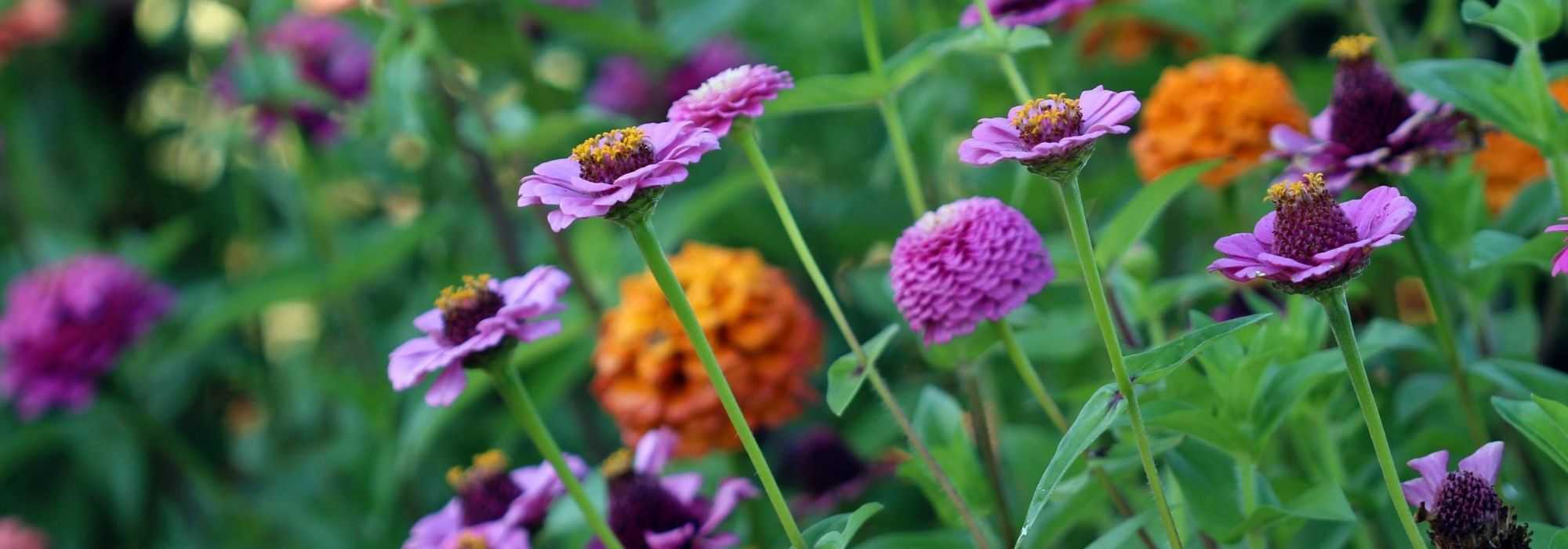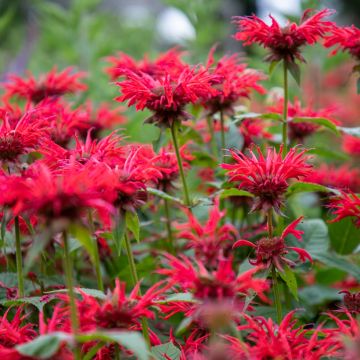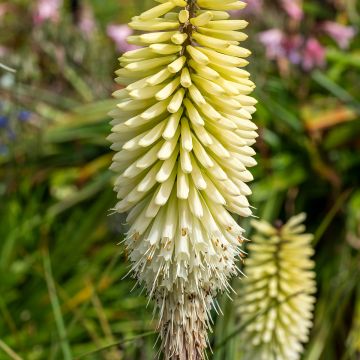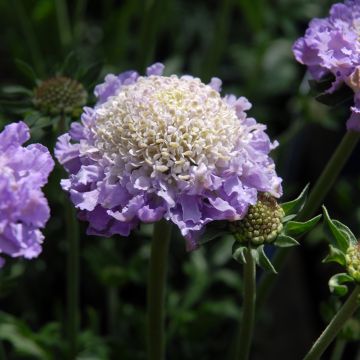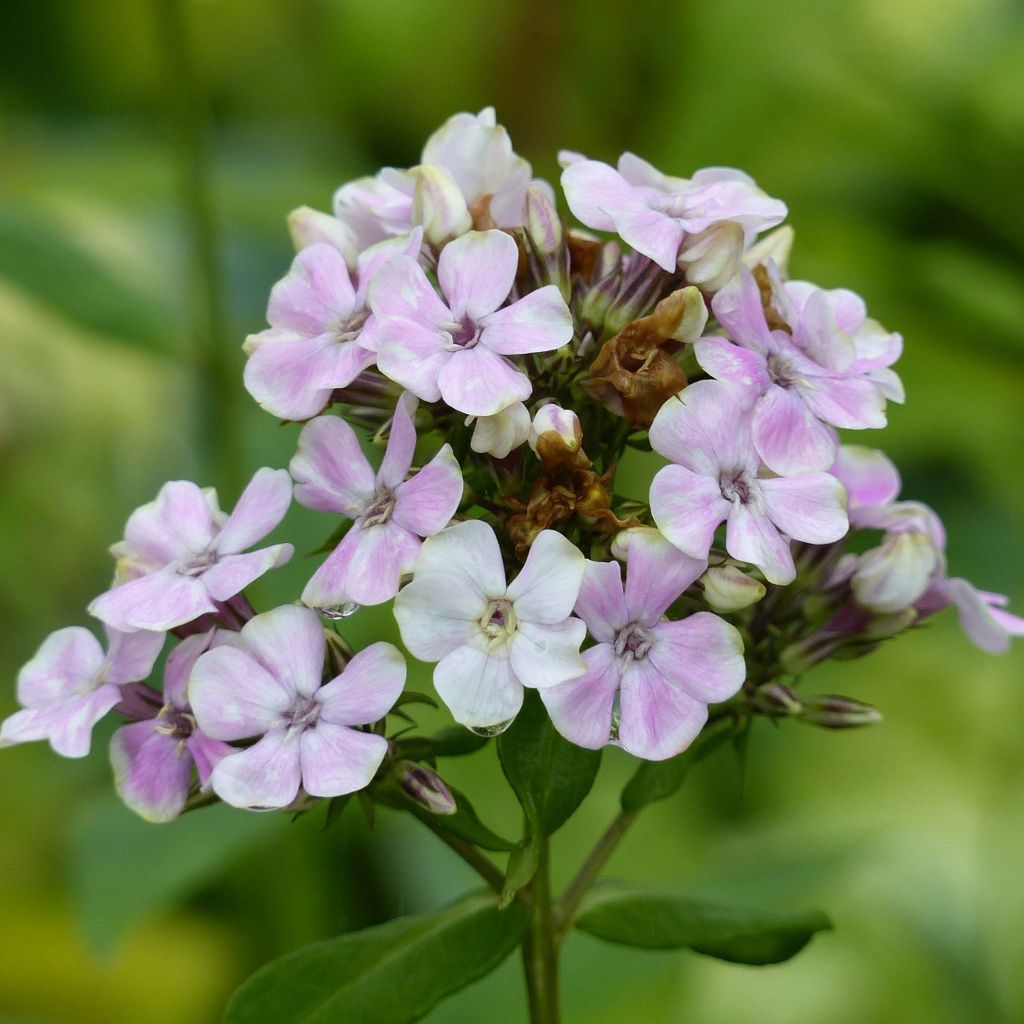

Phlox paniculata Sherbet Cocktail
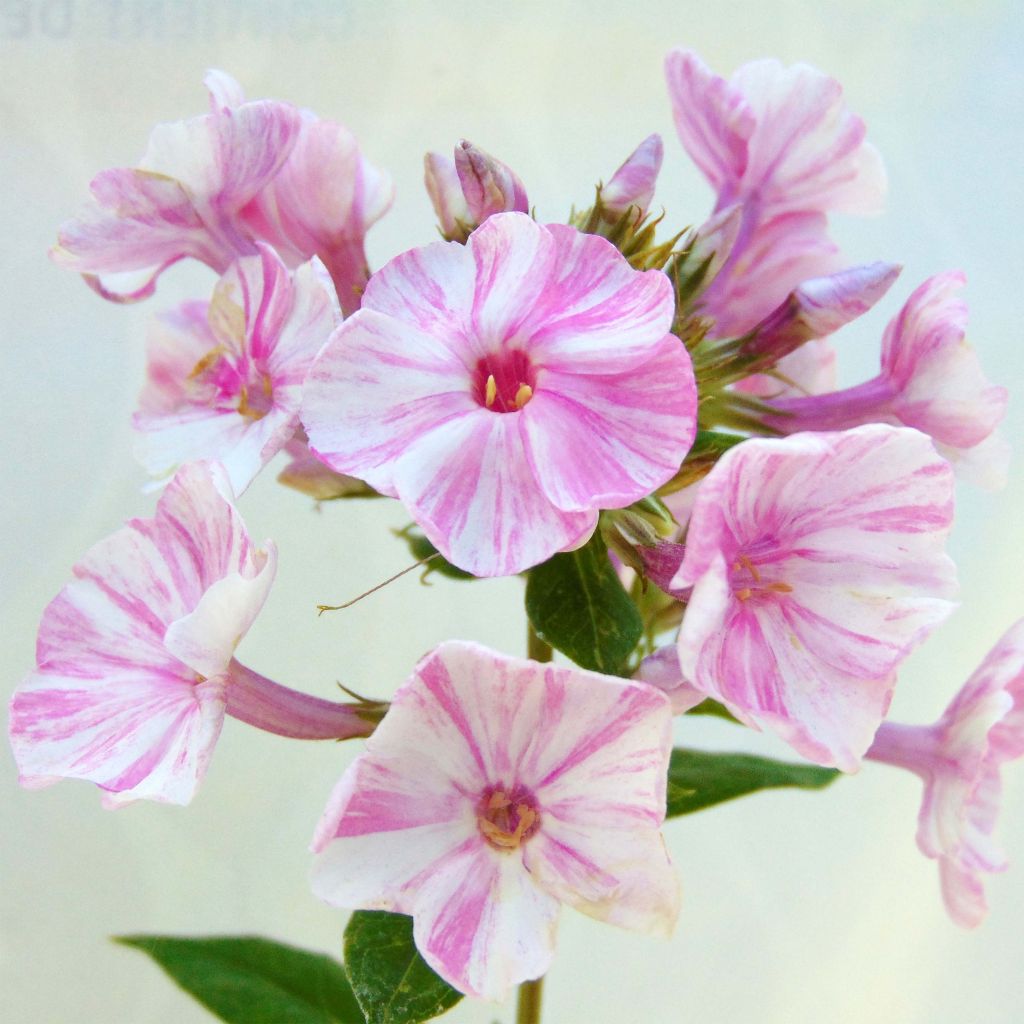

Phlox paniculata Sherbet Cocktail
Phlox paniculata Sherbet Cocktail
Phlox paniculata Sherbet Cocktail
Garden Phlox, Summer Phlox, Perennial Phlox
Special offer!
Receive a €20 voucher for any order over €90 (excluding delivery costs, credit notes, and plastic-free options)!
1- Add your favorite plants to your cart.
2- Once you have reached €90, confirm your order (you can even choose the delivery date!).
3- As soon as your order is shipped, you will receive an email containing your voucher code, valid for 3 months (90 days).
Your voucher is unique and can only be used once, for any order with a minimum value of €20, excluding delivery costs.
Can be combined with other current offers, non-divisible and non-refundable.
Why not try an alternative variety in stock?
View all →This plant carries a 12 months recovery warranty
More information
We guarantee the quality of our plants for a full growing cycle, and will replace at our expense any plant that fails to recover under normal climatic and planting conditions.
Does this plant fit my garden?
Set up your Plantfit profile →
Description
Phlox paniculata 'Sherbet Cocktail' is the first cultivar of phlox that produces flowers with a hint of yellow. Unique, it displays huge clusters in pastel shades during the summer, reminiscent of the cascading panicles of certain hydrangeas in terms of colour and texture. Its pale pink-purple flowers are bordered with lime green. This medium-sized variety offers a highly fragrant flowering and proves resistant to powdery mildew. An excellent perennial for borders, it also thrives in pots. It thrives in damp, fertile soil and in very sunny locations.
Phlox paniculata 'Sherbet Cocktail' belongs to the Polemoniaceae family. It is a recent variety with a bushy habit and rather erect growth, composed of leafy stems. The plant will not exceed 70 cm (28in) in height when in bloom, and 45 to 50 cm (18 to 20in) in width. The stems, upright and sturdy, are covered with single dark green but vibrant leaves, measuring approximately 15 to 20 cm (6 to 8in) in length. Flowering begins in August, at the height of summer, and continues until September-October, provided faded inflorescences are removed. Emerging from chocolate-coluored bracts, the flower buds are yellow and open into small flowers composed of unfused petals, in an exotic mix of pink, mauve, ivory, white, and lime green. Then, the corolla opens wider, while the petals, which have become a more intense pink-purple, lose their green hue at full bloom. The flowers are clustered at the top of erect, dense, and pyramidal panicles, measuring 12 to 15 cm (5 to 6in) in length, pleasantly fragrant, with the weight barely bending the stems. The flowering is meliferous and nectariferous.
Phlox paniculata are perennial plants commonly found in cottage gardens. Their legendary simplicity and generosity are unmatched in perennial beds, to the point that one sometimes wonders what was planted in flower gardens before their discovery. They go well with Monarda or Daisies. 'Sherbet Cocktail' pairs well, in a white garden, with delphiniums, roses, or penstemons and is perfect in English-style mixed borders. This Phlox can be combined with airy asters like 'Miracle Blanc' or Aster pringlei Monte Cassino, with border daylilies in the same tone, or with roses such as 'Jacqueline du Pré' or 'Boule de Neige'. The bed can be punctuated with silver or grey foliage: artemisias, cinerarias, Stachys, or dusty millers. Phlox 'Sherbet Cocktail' is a top-quality variety for planting in pots and creating bouquets.
Phlox paniculata Sherbet Cocktail in pictures
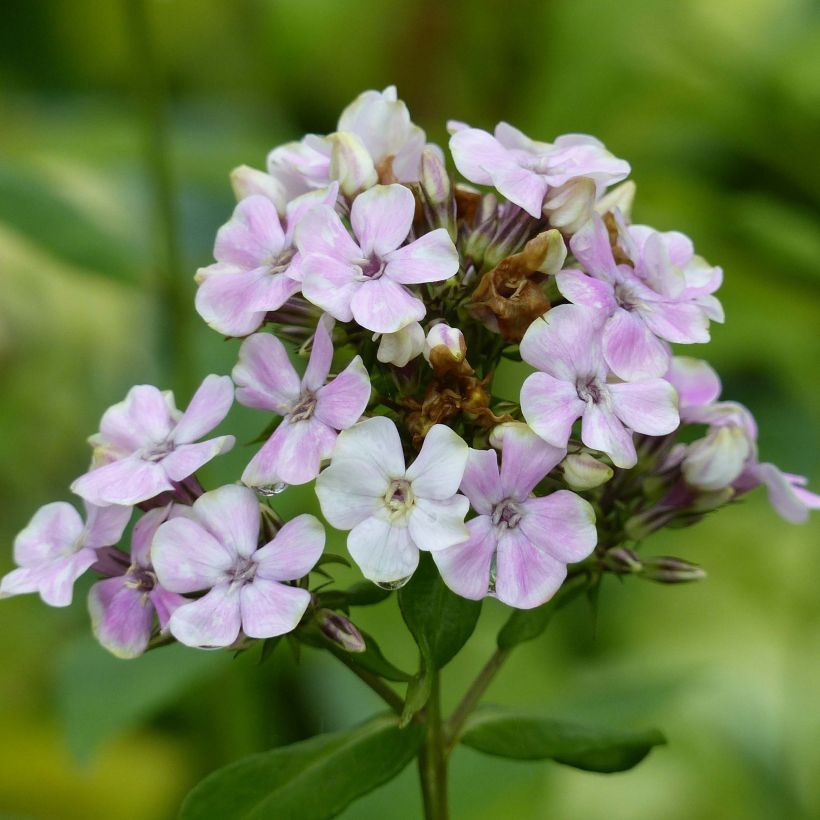

Flowering
Foliage
Plant habit
Botanical data
Phlox
paniculata
Sherbet Cocktail
Polemoniaceae
Garden Phlox, Summer Phlox, Perennial Phlox
Cultivar or hybrid
Other Phlox
View all →Planting and care
Plant Phlox paniculata 'Sherbet Cocktail' in full sun or partial shade. Phlox are more comfortable in a cool climate in summer. Choose a rich and well-drained soil, which you have deeply loosened, as phlox do not like too root competition with other plants. Stake if necessary, the stems can bend under the weight of the flowers and leaves. Prune the flowers when they have faded, to prolong the flowering. Phlox is susceptible to powdery mildew; even though 'Sherbet Cocktail' is a resistant variety, make sure to maintain regular watering in summer and watch out for its possible appearance for early treatment.
Planting period
Intended location
Care
Planting & care advice
This item has not been reviewed yet - be the first to leave a review about it.
Similar products
Haven't found what you were looking for?
Hardiness is the lowest winter temperature a plant can endure without suffering serious damage or even dying. However, hardiness is affected by location (a sheltered area, such as a patio), protection (winter cover) and soil type (hardiness is improved by well-drained soil).

Photo Sharing Terms & Conditions
In order to encourage gardeners to interact and share their experiences, Promesse de fleurs offers various media enabling content to be uploaded onto its Site - in particular via the ‘Photo sharing’ module.
The User agrees to refrain from:
- Posting any content that is illegal, prejudicial, insulting, racist, inciteful to hatred, revisionist, contrary to public decency, that infringes on privacy or on the privacy rights of third parties, in particular the publicity rights of persons and goods, intellectual property rights, or the right to privacy.
- Submitting content on behalf of a third party;
- Impersonate the identity of a third party and/or publish any personal information about a third party;
In general, the User undertakes to refrain from any unethical behaviour.
All Content (in particular text, comments, files, images, photos, videos, creative works, etc.), which may be subject to property or intellectual property rights, image or other private rights, shall remain the property of the User, subject to the limited rights granted by the terms of the licence granted by Promesse de fleurs as stated below. Users are at liberty to publish or not to publish such Content on the Site, notably via the ‘Photo Sharing’ facility, and accept that this Content shall be made public and freely accessible, notably on the Internet.
Users further acknowledge, undertake to have ,and guarantee that they hold all necessary rights and permissions to publish such material on the Site, in particular with regard to the legislation in force pertaining to any privacy, property, intellectual property, image, or contractual rights, or rights of any other nature. By publishing such Content on the Site, Users acknowledge accepting full liability as publishers of the Content within the meaning of the law, and grant Promesse de fleurs, free of charge, an inclusive, worldwide licence for the said Content for the entire duration of its publication, including all reproduction, representation, up/downloading, displaying, performing, transmission, and storage rights.
Users also grant permission for their name to be linked to the Content and accept that this link may not always be made available.
By engaging in posting material, Users consent to their Content becoming automatically accessible on the Internet, in particular on other sites and/or blogs and/or web pages of the Promesse de fleurs site, including in particular social pages and the Promesse de fleurs catalogue.
Users may secure the removal of entrusted content free of charge by issuing a simple request via our contact form.
The flowering period indicated on our website applies to countries and regions located in USDA zone 8 (France, the United Kingdom, Ireland, the Netherlands, etc.)
It will vary according to where you live:
- In zones 9 to 10 (Italy, Spain, Greece, etc.), flowering will occur about 2 to 4 weeks earlier.
- In zones 6 to 7 (Germany, Poland, Slovenia, and lower mountainous regions), flowering will be delayed by 2 to 3 weeks.
- In zone 5 (Central Europe, Scandinavia), blooming will be delayed by 3 to 5 weeks.
In temperate climates, pruning of spring-flowering shrubs (forsythia, spireas, etc.) should be done just after flowering.
Pruning of summer-flowering shrubs (Indian Lilac, Perovskia, etc.) can be done in winter or spring.
In cold regions as well as with frost-sensitive plants, avoid pruning too early when severe frosts may still occur.
The planting period indicated on our website applies to countries and regions located in USDA zone 8 (France, United Kingdom, Ireland, Netherlands).
It will vary according to where you live:
- In Mediterranean zones (Marseille, Madrid, Milan, etc.), autumn and winter are the best planting periods.
- In continental zones (Strasbourg, Munich, Vienna, etc.), delay planting by 2 to 3 weeks in spring and bring it forward by 2 to 4 weeks in autumn.
- In mountainous regions (the Alps, Pyrenees, Carpathians, etc.), it is best to plant in late spring (May-June) or late summer (August-September).
The harvesting period indicated on our website applies to countries and regions in USDA zone 8 (France, England, Ireland, the Netherlands).
In colder areas (Scandinavia, Poland, Austria...) fruit and vegetable harvests are likely to be delayed by 3-4 weeks.
In warmer areas (Italy, Spain, Greece, etc.), harvesting will probably take place earlier, depending on weather conditions.
The sowing periods indicated on our website apply to countries and regions within USDA Zone 8 (France, UK, Ireland, Netherlands).
In colder areas (Scandinavia, Poland, Austria...), delay any outdoor sowing by 3-4 weeks, or sow under glass.
In warmer climes (Italy, Spain, Greece, etc.), bring outdoor sowing forward by a few weeks.

































